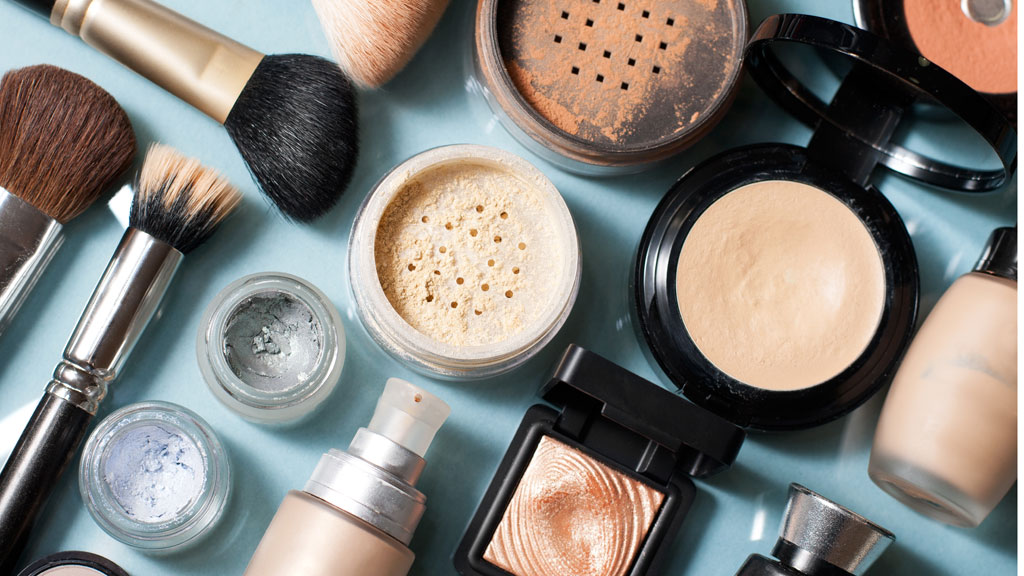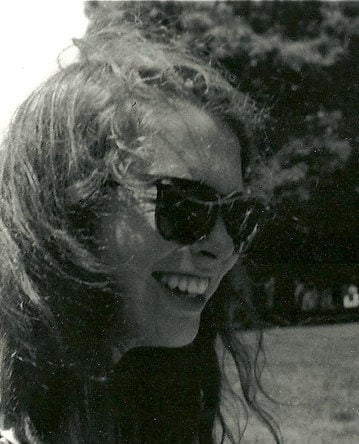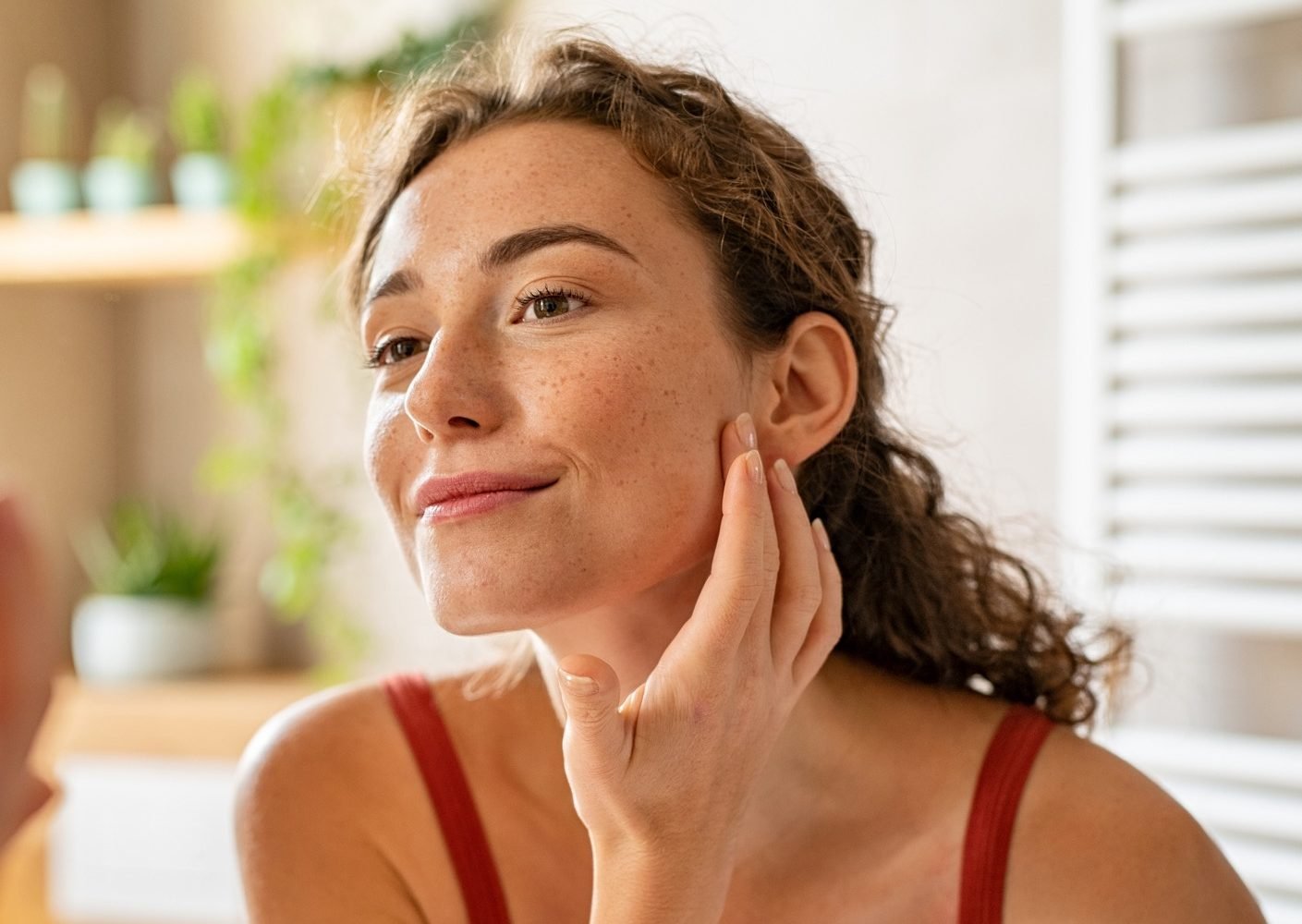Making the switch to clean beauty can seem daunting. Purging your medicine cabinet and starting from scratch is expensive, and it can be a pain to let go of the tried-and-true products you love and have used forever.
Rachel Mulcahy gets that and wants to make the process easier. The founder of DC clean beauty store Ivy Wild began researching the ingredients in her products a few years ago, and was taken aback by what she found.
“I thought I was paying more for brands with better performance or quality,” she says of shopping for cosmetics and skincare products. “So when I found out that a lot of the brands I loved still had a lot of the ingredients that are known to be harmful, I honestly was pretty angry. I felt duped.”
On average, women use 12 personal products each day, which means they’re exposed to about 168 chemical ingredients daily, according to the Environmental Wellness Group. Mulcahy wants to change that. She opened the store off 14th Street to serve as a resource for Washingtonians who want to transition to a cleaner lifestyle, offering a variety of beauty and skincare items as well as education on the ingredients found in them.
“I think DC is such a great local market for clean beauty,” Mulcahy says. “It’s so educated. A lot of people that come in are more health-conscious and they’ve already figured out [this approach] with their food,” she says, calling the switch to clean personal products “a logical next step.”
Here, Mulcahy shares her five tips for making the move to a clean beauty routine.
Do your research
You don’t need to automatically ditch all your products that contain synthetic or engineered ingredients, says Mulcahy. But you should do your research and avoid items with ingredients that are linked to health issues. Mulcahy recommends studying this list from the David Suzuki Foundation so you know what to watch out for.
Score the products you already have
To figure out what you can keep using and what you should eventually replace, look up your products on the Environmental Working Group’s cosmetics database or scan them using the Think Dirty app, says Mulcahy. They’ll tell you the hazard score of your items, as well as recommend clean alternatives.
Evaluate your routine
Once you know which products you should toss out, decide which to get rid of first. It can cost a lot of money to completely overhaul your medicine cabinet all at once, says Mulcahy, so swap out the products that you use the most and that cover the largest surface area of your skin. Your skin absorbs more than 60 percent of what you apply to it, she says, so starting out by transitioning things you use everyday (like moisturizer or sunscreen) will make the biggest difference.
Find your clean swaps
Choose a brand or store that’s focused on clean beauty to simplify the process, says Mulcahy. Of course, there’s Ivy Wild, but spots like Take Care in Georgetown or Follain in Bethesda can hook you up with clean beauty goods, too. If you’re nervous about committing to a clean alternative in place of a beloved product, just ask for samples.
Stay informed
“The beauty industry is mostly unregulated, leaving it up to consumers to keep themselves protected,” says Mulcahy. She likes sites like Well + Good to stay up-to-date on clean beauty research and trends, and she follows green beauty guru Katy Denno for how-to tips.
And Mulcahy recommends keeping up with the politics behind clean beauty, as well. Senators Dianne Feinstein and Susan Collins are behind the Personal Care Products Safety Act, which would update and strengthen the federal rules that are supposed to ensure the safety of your products (and, yes, this is why you saw Kourtney Kardashian on the Hill).
Ivy Wild; 1328 Florida Ave. NW, #2




















